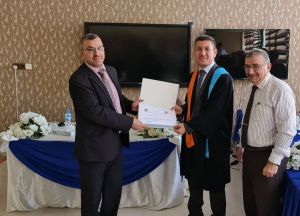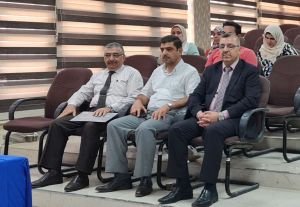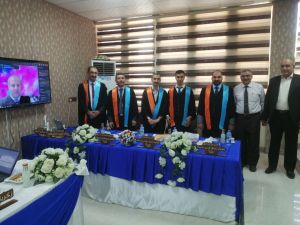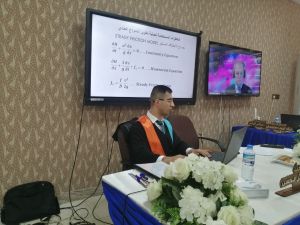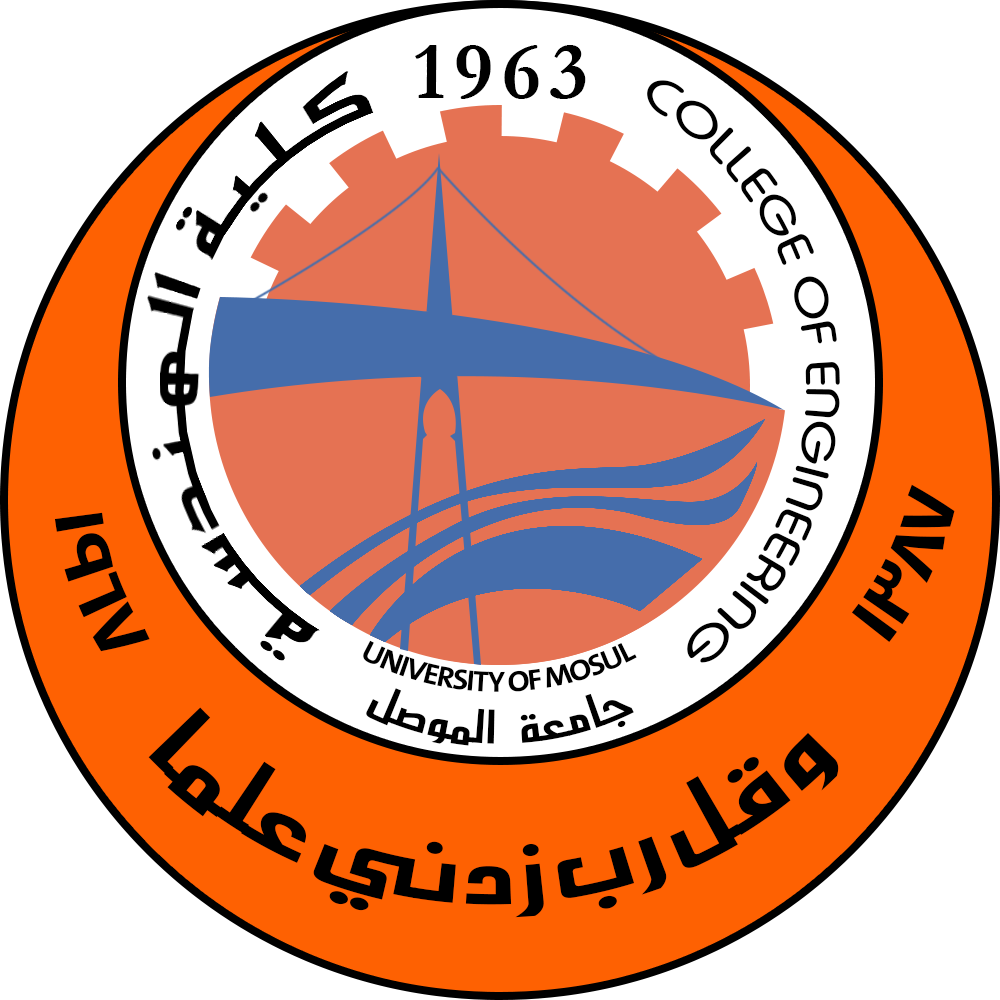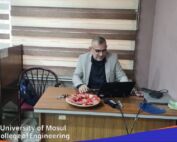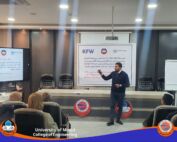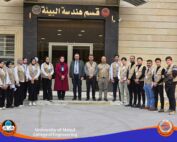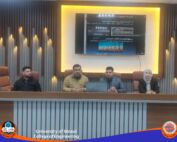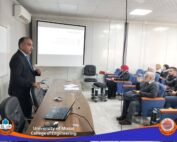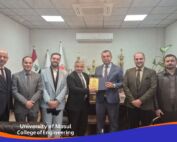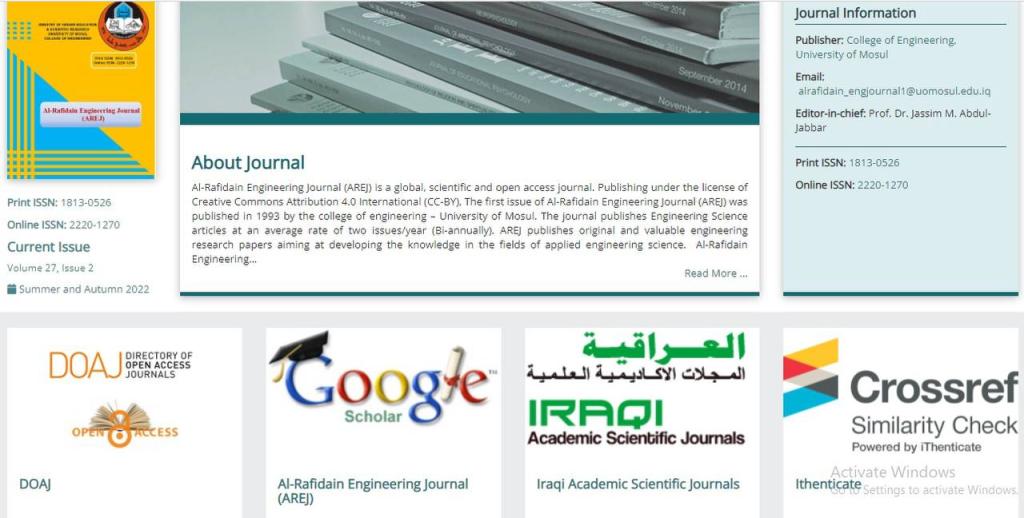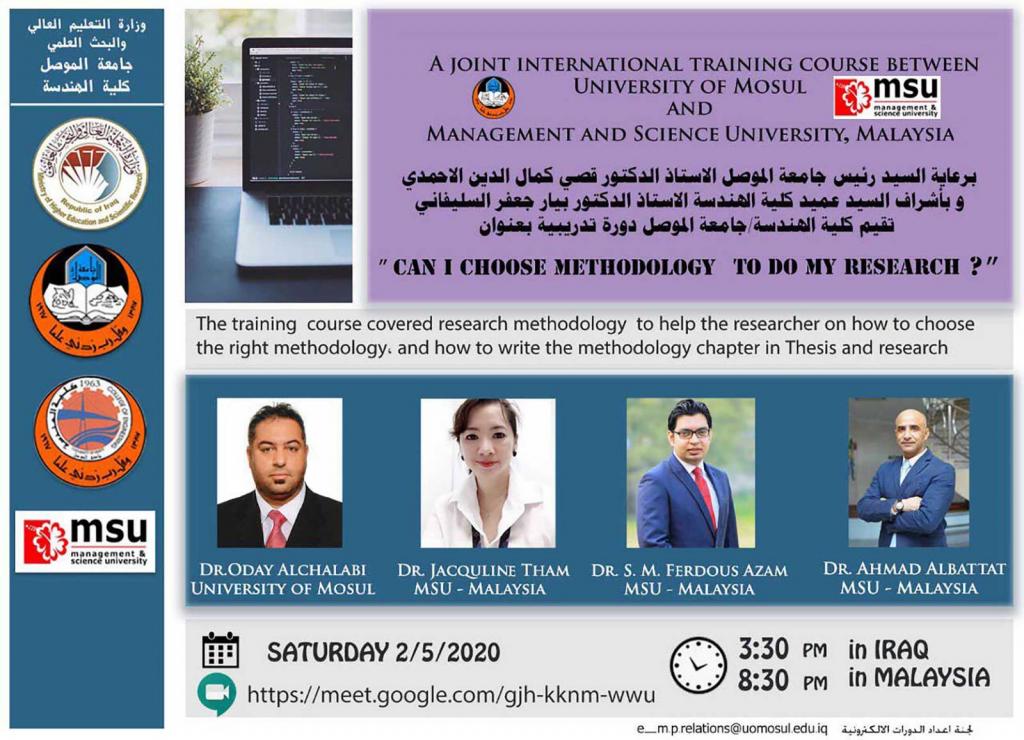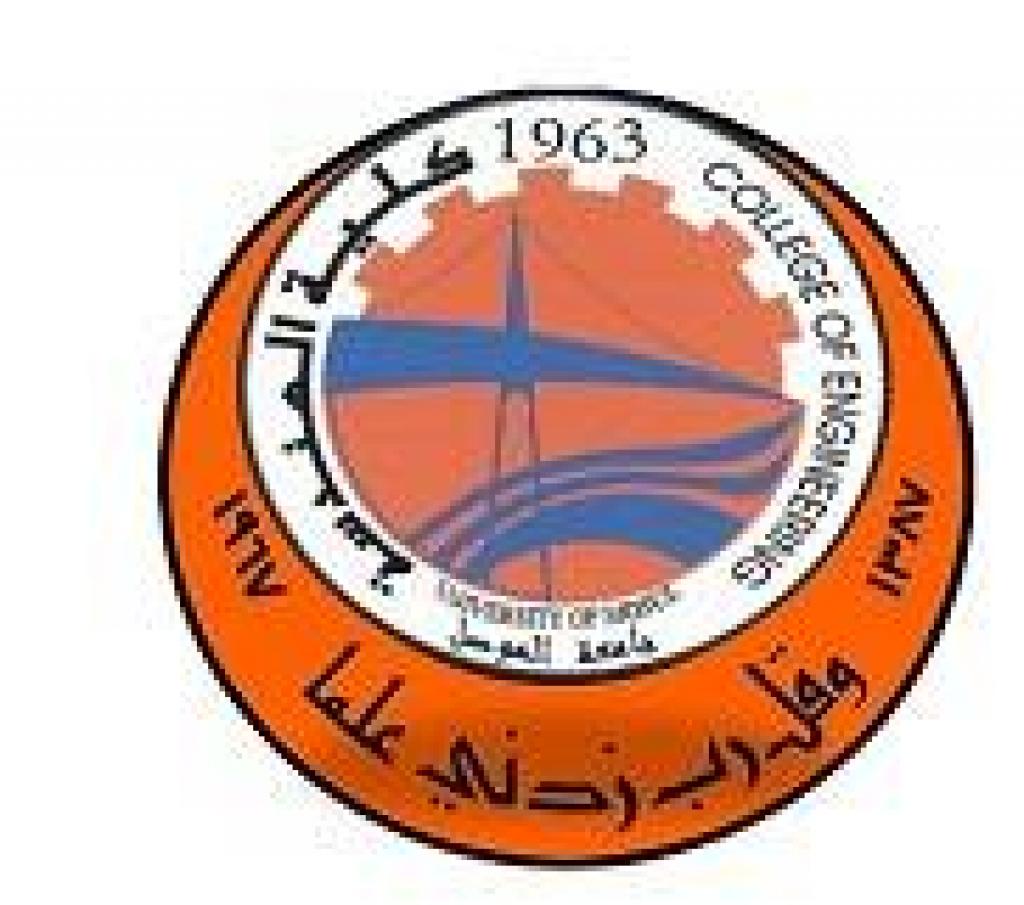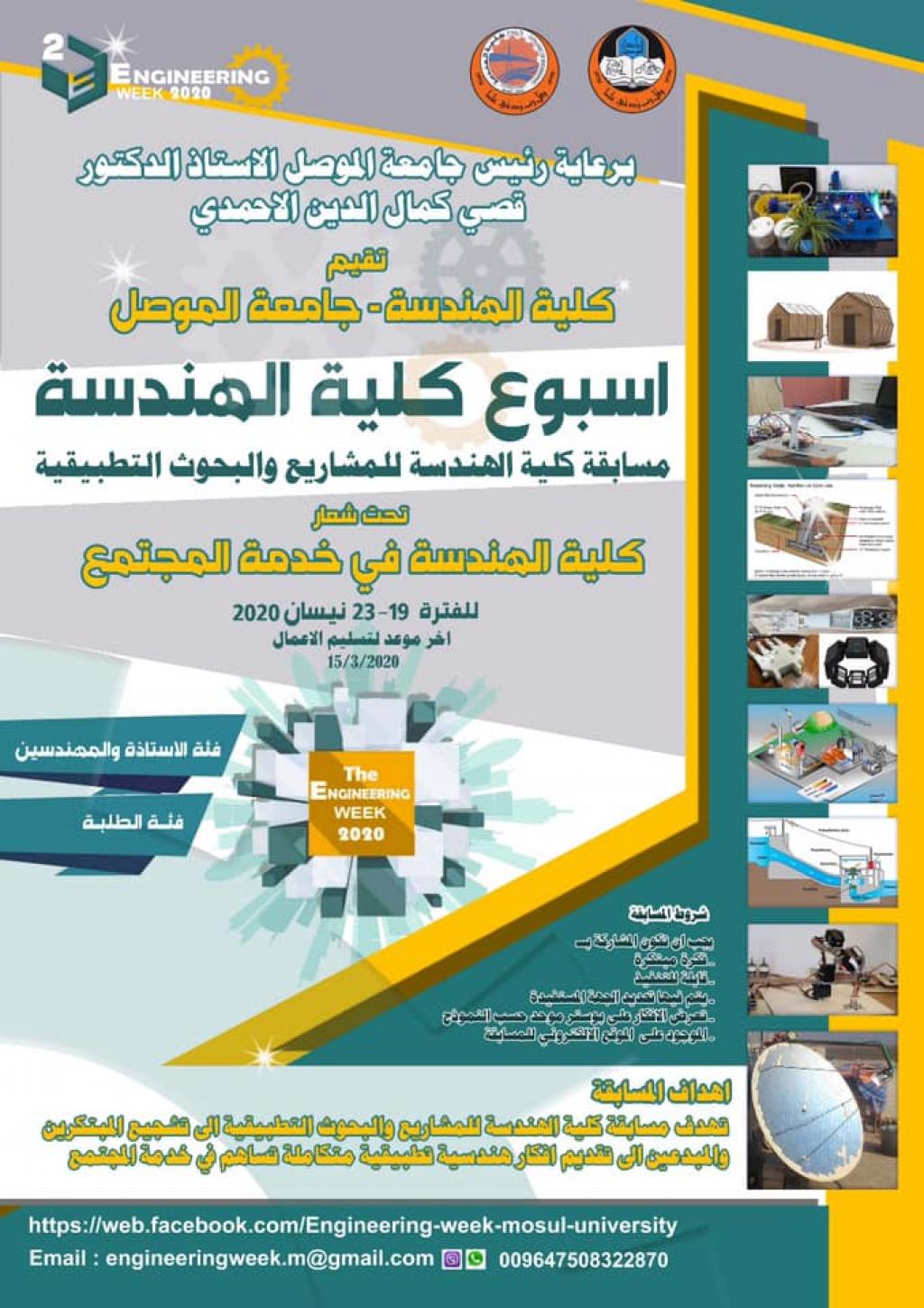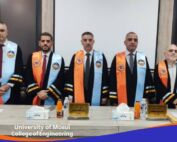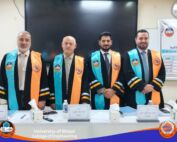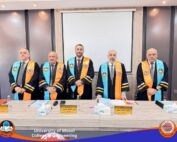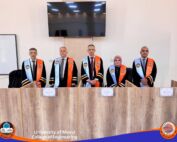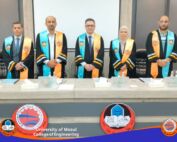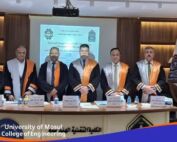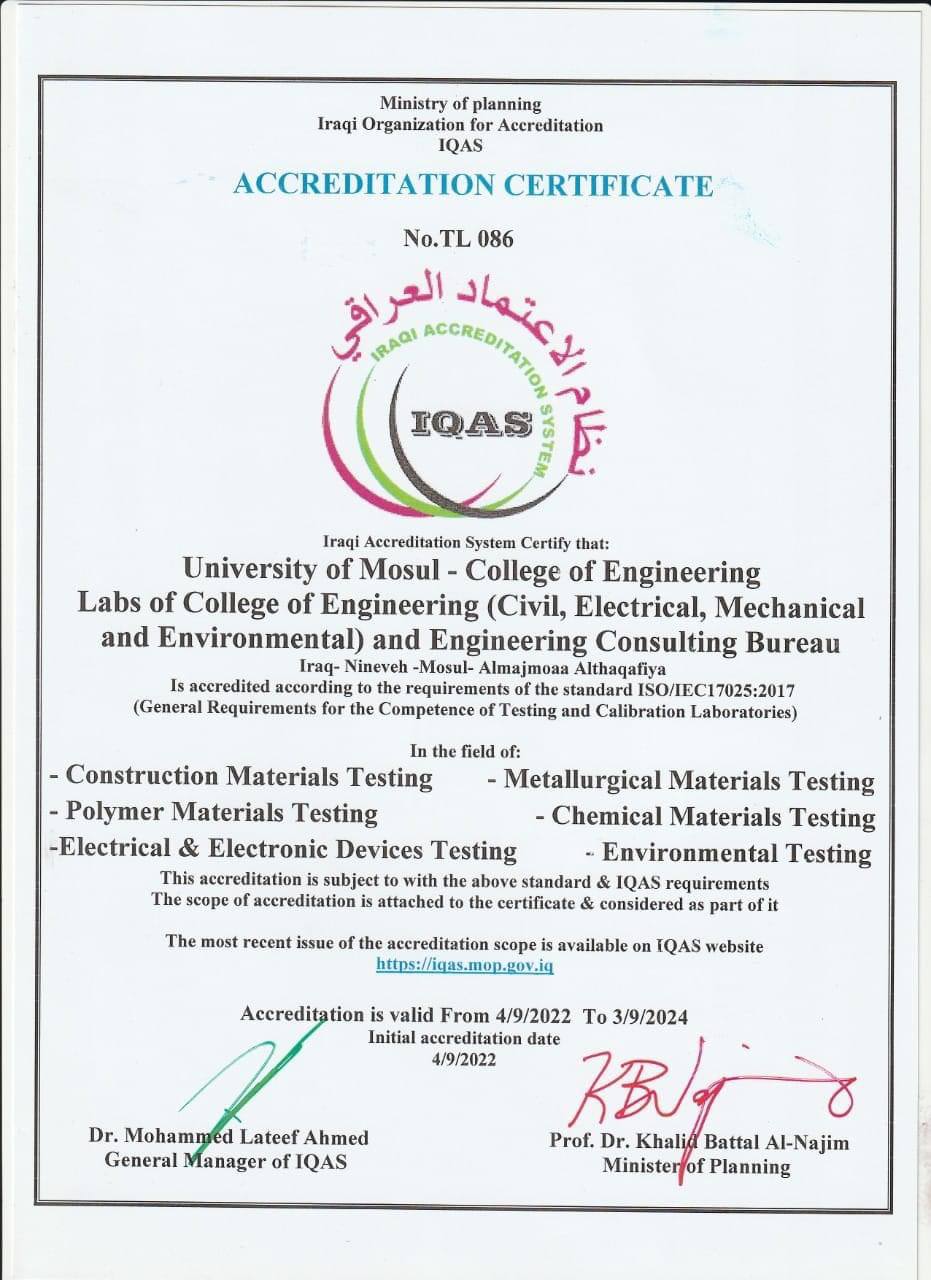4 September، 2023
Master thesis defense on “Numerical Modeling of Water Hammer in Water Transmission Systems”
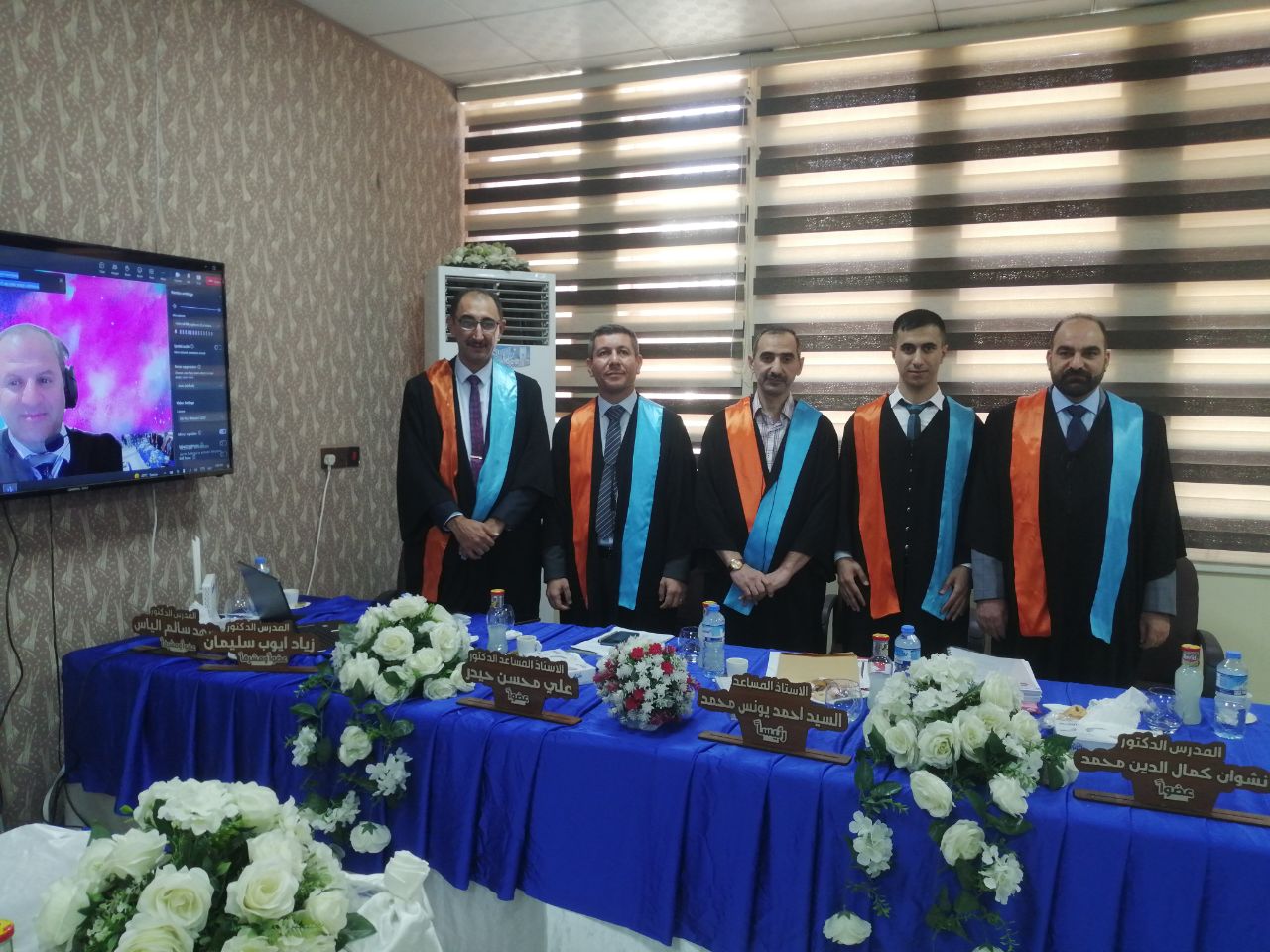
A Master thesis was discussed in Department of Dams & Water Resource Engineering / College of Engineering at University of Mosul entitled “Numerical Modeling of Water Hammer in Water Transmission Systems”, submitted by (Zakariya Zainel Mohsin), Supervised By Dr. Zeyad Ayoob Sulaiman and Dr. Sahad Salim Elyass On Monday, September 04, 2023.
The study introduces a comprehensive methodology for numerical modeling of water hammer in pipeline systems, resulting from valve closure within a hydraulic system consisting of a reservoir, pipe, and valve, using the method of characteristics (MOC) along with steady and unsteady friction models.
The focus of this research is on Instantaneous Acceleration-Based (IAB) unsteady friction models, specifically the 1-k IAB and 2-k IAB types, which are used to describe the behavior of transient flow in pipeline systems during water hammer events. The methodology includes the development of mathematical models based on governing fluid dynamics equations, numerical modeling using the proposed models, the development of an improved model derived from the 2-k IAB model, and model validation against 12 experimental datasets from four different laboratory sources.
The study compares the performance of steady and unsteady friction models, revealing the limitations and strengths of each in simulating pressure waves resulting from water hammer events. Additionally, the study discusses the fundamental criteria for choosing kut values when using the wave speed obtained from the equation or when using the average wave speed from the experimental data.
The numerical results show that the best and most compatible model with the experimental data is the improved 2-k IAB model developed in this thesis, followed by the 2-k IAB and 1-k IAB models, and finally, the least accurate model is the steady friction model. This was validated using the Normalized Root Mean Squared Error statistical method. The methodology presented in this study can serve as a valuable tool for analyzing and designing pipeline systems subject to water hammer phenomena. It provides insights into transient flow characteristics induced by valve closure and assists in identifying appropriate mitigation measures to prevent pipeline system damage. Furthermore, an integrated computer program was developed to simulate the water hammer phenomenon using the friction models used in this study, and it is offered for free as part of the outputs of this study, sparing researchers the complexities of programming languages during simulation.
